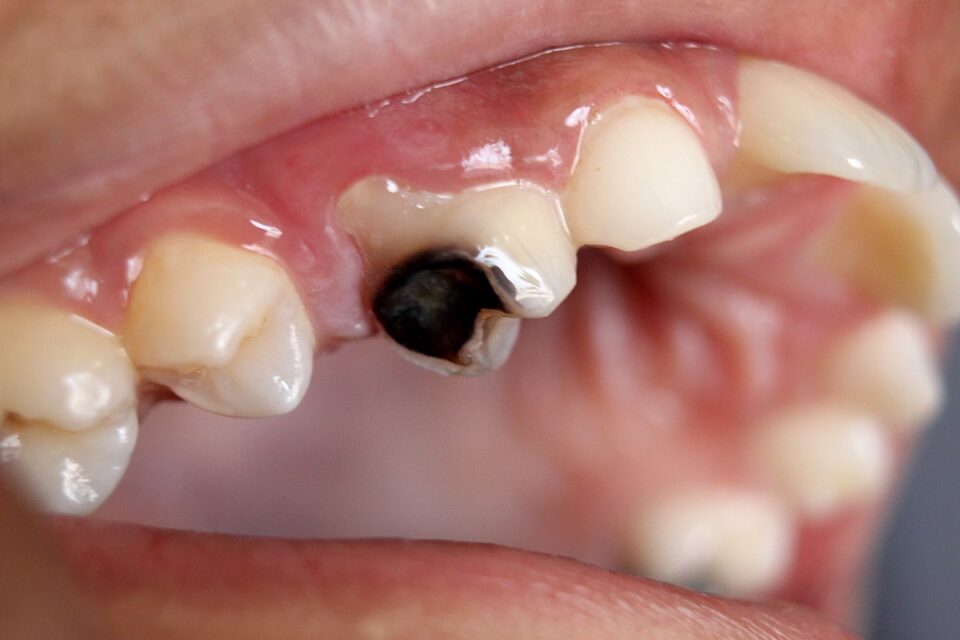Prevention is better than cure. Avoiding the occurrence of dental problems can save you time and money by preventing the need for extensive dental procedures. This holds good for children since their eating habits cannot be altered, or their oral habits cannot be improved. In such cases, dental sealants play a vital role that helping prevent dental caries, especially among children.
Omaha, NE dental practice offers special protective coatings in the form of dental sealants that help enhance overall dental health.
What are dental sealants?
Dental sealants are thin, plastic coatings painted on the chewing surfaces of teeth, usually the molars to prevent tooth decay. The sealant material quickly bonds into the depressions and grooves of the teeth, forming a protective shield over the enamel of each tooth.
Sealants are made up of different materials such as:
- Resins (plant or synthetic)
- Glass ionomers (a combination of glass powder and water-soluble acid)
Who should get dental sealants?
The most common candidates for dental sealants are children and teenagers due to their increased susceptibility to caries in the depressions and grooves of the premolars and molars. As soon as the permanent teeth erupt, children should get dental sealants. In this way, sealants can protect the teeth through the cavity-prone years of ages 6 to 14.
In some cases, sealants may also be appropriate for babies, when baby teeth have deep grooves. This is crucial because baby teeth play a vital role in holding the correct spacing for permanent teeth, it is important to keep these teeth healthy so they are not lost too early. However, some adults may also require sealants depending on their tooth morphology.
How long do sealants last?
Sealants can successfully protect your teeth from decay for up to 10 years, provided you follow good oral hygiene practices.
How are dental sealants applied?
Applying sealants is a simple and painless procedure. The application steps are as follows:
- The teeth to be sealed will be cleaned and cotton pads will be placed around them to prevent moisture.
- An acid solution is applied on the chewing surfaces of the teeth to roughen them up, which helps the sealant bond to the teeth.
- The teeth will be thoroughly rinsed and air-dried.
- A sealant solution will be applied to the deep grooves and depressions.
- The material may harden itself or require a special curing light.
Wrapping up
Dental sealants are excellent products that help prevent caries in children, teenagers, and adults since they block the invasion of bacteria into the deep grooves. This helps prevent extensive dental procedures in the future, and keeps dental problems at bay!

